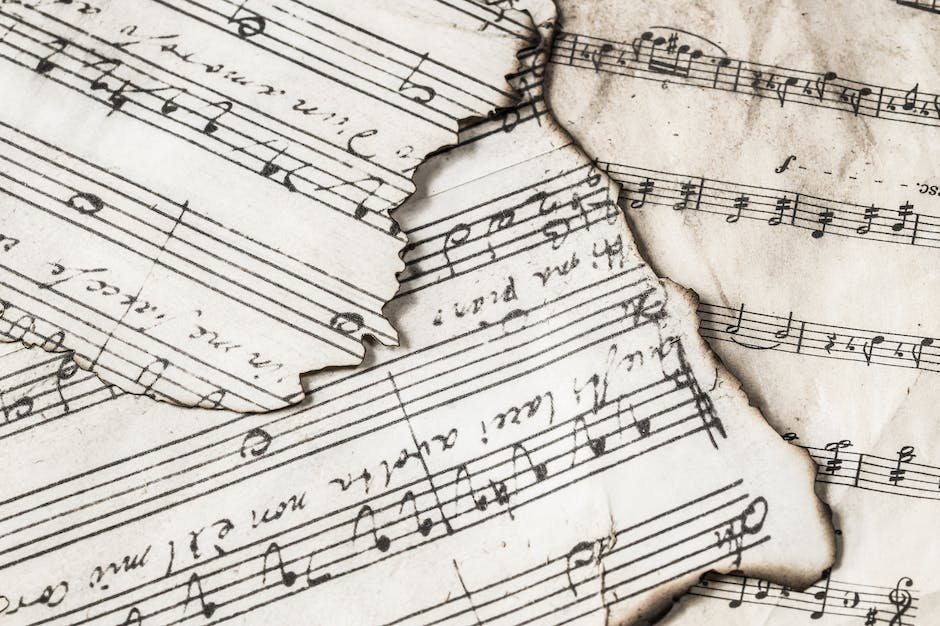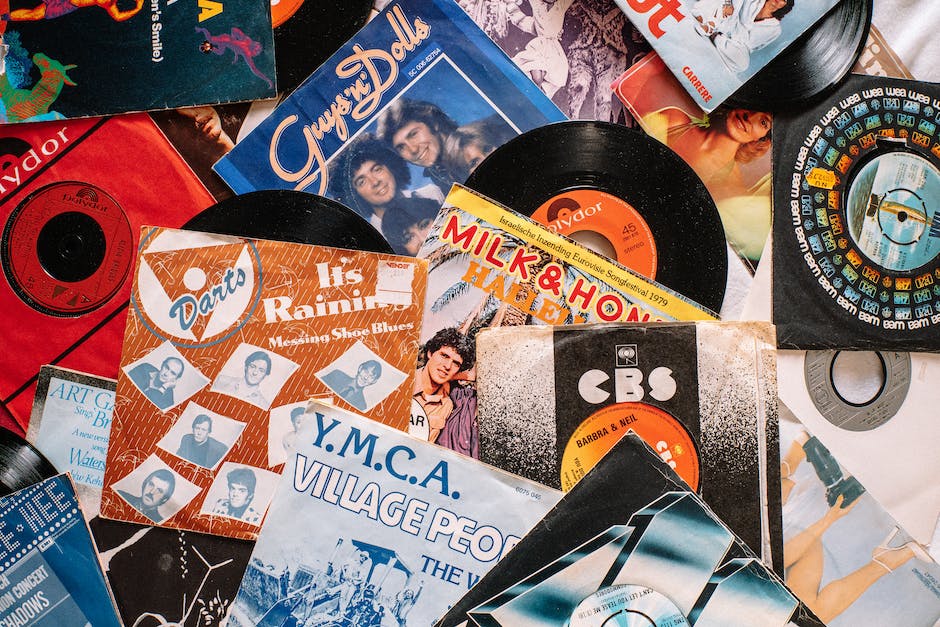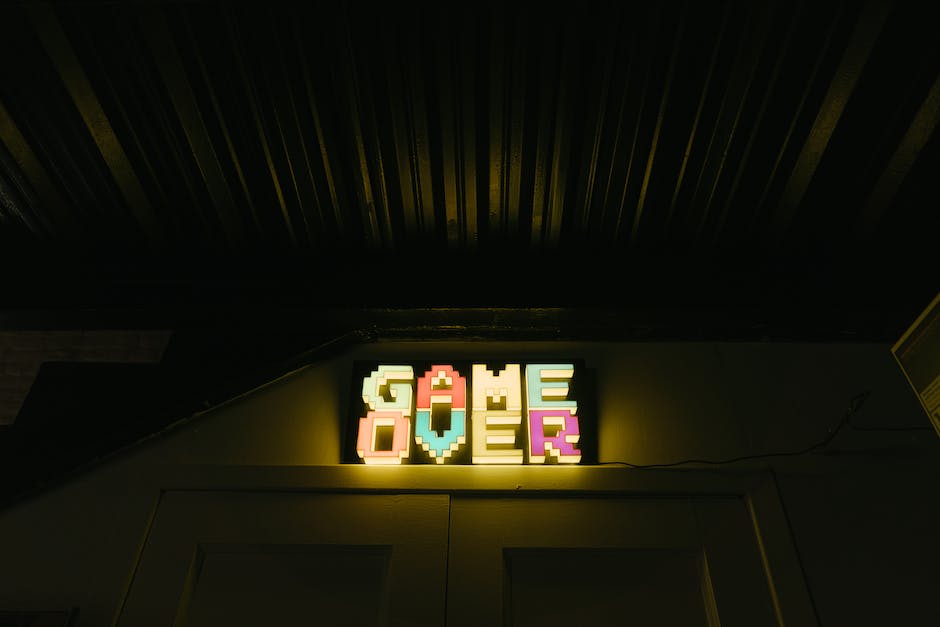Table of Contents
Introduction
As music enthusiasts or hobbyists, we all strive to transform our imaginations into harmonious symphonies. Integral to this creative process is the use of proficient tools that can aptly transcribe those melodies woven in our minds. In today’s digital age, music notation software has served as an invaluable asset to musicians, composers, and arrangers alike. For years, Sibelius, Finale, and Dorico have been at the forefront of this sector, each with its unique blend of features and services. This discourse would guide us through an in-depth exploration of these three music notation giants – diving into their histories, reputations, major features, and key selling points within the music industry; and critically comparing their user interface, features, performance, compatibility, pricing, and client support services.
Overview of Sibelius, Finale, and Dorico
Overview of Sibelius
Sibelius, developed and released by the British company Avid Technology, is one of the most widely used music notation applications in the world today. First launched in 1993, the software quickly gained a reputation for its intuitive user interface, powerful notation tools, and flexible playback capabilities. Key features of Sibelius include its magnetic layout, which automatically adjusts scores for optimal readability, and its seamless integration with other Avid products for high-quality audio production. Sibelius also allows for easy sharing of scores digitally, for collaboration or publishing to the Sibelius Cloud.
Overview of Finale
Finale, developed by the American tech company MakeMusic, is another major player in the music notation software market. Originally launched in 1988, Finale has a strong foothold in professional music composition and publishing, thanks to its extensive array of features and layout options. The software can generate backing tracks and also provides extensive control over MIDI files. One unique selling point of Finale is its unrivaled customization capabilities – virtually every aspect of the notation process can be tweaked to the user’s preference, making it ideal for complex or unconventional scores.
Overview of Dorico
Dorico is the newest kid on the block, developed and launched by Steinberg in 2016. This software was created by many former members of the Sibelius development team after the restructuring of Avid. Dorico stands out for its innovative design, integrating composing, arranging, and typesetting into a single streamlined workflow. The software’s intelligent algorithms and context-aware notation mean that it automatically adjusts and reformats scores as new elements are added. Dorico is particularly strong in support for contemporary or avant-garde music notations.
Assessing Sibelius, Finale, and Dorico
In the pursuit of evaluating Sibelius, Finale, and Dorico, a multi-faceted approach is required to look into criteria such as available features, ease of use, flexibility, and overall workflow.
With its intuitive interface and efficient workflow, Sibelius gains recognition for its solid features which enable publishing, cooperation, and sharing in ways that are easily understood and utilized by users.
On the other hand, Finale takes the lead in terms of flexibility and personalization, providing boundless possibilities for fine-tuning every detail of the notation procedure. Its complexity might be difficult for newbies but the potential it offers in terms of personalization and intricate detail is unparalleled.
Dorico, although relatively new, has garnered positive responses due to its cutting-edge, streamlined design. With its context-sensitive auto-formatting and a unified workflow, it stands as a promising option for musicians seeking a more efficient way to work.
The preferable software, in the end, varies based on personal requirements and inclinations. Sibelius often gets high marks for simplicity in learning, which makes it an excellent choice for both beginners and professional users. For composers and engravers who need to work on highly unusual or intricate scores, Finale might be the more fitting option. Those who consider traditional methods restrictive or cumbersome may find Dorico, with its modern approach to notation, fitting their needs better. All three software possess unique strengths, and a thorough consideration of one’s specific needs is crucial before making a final selection.

Ease of Use and User Interface
Insights: Comparing Sibelius, Finale, and Dorico: Analyzing Superiority in User Interface and User-friendliness
Comparing the interfaces and usability of Sibelius, Finale, and Dorico, one discovers that these musical notation software programs each offer a unique set of features, advantages, and challenges. The range of functionality, intuitiveness, user customization, workflow management capabilities, and learning curve varies from one software to another.
Unpacking Sibelius: Intuitiveness and Sleek Layout
Launched in 1993, Sibelius has arguably one of the most intuitive user interfaces among the three. Its sleek, modern design often appeals to beginners and less tech-savvy individuals interested in music composition. Sibelius’s interface has a horizontal layout that follows a left-to-right workflow, which aligns with reading habits in Western music.
The ribbon interface in Sibelius gathers most of the needed functions in one area, providing an efficient way for users to navigate the software. One of its standout features is the intelligent input system that significantly speeds up the composition process. The software also offers user customization options like the ability to modify shortcuts, emphasizing the tool’s flexibility.
However, while Sibelius is lauded for its design and intuitiveness, it does have a steeper learning curve compared to Dorico. First-time users may have to spend considerable time understanding its functionality and exploring different features. Despite this, the software has various learning resources available, ensuring that even the most inexperienced users can eventually navigate it with ease.
Examining Finale: Comprehensive Functionality and Diverse Customization Options
Finale, existing since 1988, presents itself as an industry-standard choice for professionals with its robust functionality. However, the breadth and complexity of features in Finale mean that its interface can initially appear unapproachable to novices.
Finale’s interface has a text-heavy, layered appearance, which, though less visually appealing than Sibelius or Dorico, offers users an enormous range of options and functionalities. Finale shines when it comes to user customization and its advanced tools are outmatched by very few competitors. The software allows users to customize virtually any element of their scores, a feature immensely valued by professional composers.
Although Finale offers a highly customizable experience, its complex features contribute to a significant learning curve. Learning this software extensively requires time, patience, and a fair bit of technical know-how.
Delving into Dorico: Balancing Simplicity and Complexity
Dorico, introduced in 2016 by the creators of Sibelius, straddles the line between the simplicity of Sibelius and the complexity of Finale. Dorico adopts a single-window interface, unlike the traditional multi-window interface employed by Sibelius and Finale, which many users find more modern and streamlined.
Dorico’s interface gives less technical users the ability to write music quickly and efficiently with the simple tools available while also providing more experienced composers a range of advanced features. The software is divided into five modes – Setup, Write, Engrave, Play, and Print – each dedicated to a different aspect of the score creation process. Each mode is slickly integrated and intuitive to use.
Although Dorico is the newcomer among these software platforms, it has quickly won over users with its clean design and focused workflow capabilities. Nevertheless, mastering the complexities of Dorico still requires a learning curve, though the software’s simplicity also makes it considerably learner-friendly.
Conclusion: The Trade-off Between Simplicity and Complexity
When it comes to comparing music notation software platforms, Sibelius, Finale, and Dorico each provide a unique blend of user experience. Sibelius is notable for its intuitive layout and design, providing an easy-to-use platform, especially for beginners. Conversely, Finale leans on the side of complexity but rewards users with an extensive array of customization features. On the other hand, Dorico strikes a balance between these extremes, offering a marriage of simplicity and complexity. Therefore, the choice between Sibelius, Finale, and Dorico primarily depends on a user’s proficiency level, workflow habits, and the particular demands of their projects.

Feature Comparison
Breaking Down Sibelius, Finale, and Dorico
Sibelius, Finale, and Dorico set the standard in the music notation and composition space, each boasting distinctive capabilities. All three software platforms have unique methods of note input and editing, score layout and formatting, and playback functionality. Furthermore, they differ in their sound libraries, engraving functionalities, and compatibility with other music software. Therefore, understanding the contrasting features of Sibelius, Finale, and Dorico can help users select the most suitable software for their musical endeavors.
Note Input and Editing
Sibelius shines with its Magnetic Layout and Dynamic Parts features for efficient and precise note input and editing. Its intuitive interface allows you to effortlessly manipulate notes and markings.
Finale, on the other hand, provides the broadest range of input devices, including MIDI keyboard, computer keyboard, and mouse, as well as import from MusicXML, MIDI, and other formats. It also supports handwritten music via a tablet or touchscreen device.
Dorico sets a new standard with its efficient step-time input from a MIDI keyboard or computer keyboard. It also includes unique features such as Input Pitch Before Duration that caters to the different working styles of musicians.
Score Layout and Formatting Options
Sibelius offers a variety of professional templates for multiple genres and ensemble types. It provides a clean interface with extensive layout and formatting options. You can even create custom staff sizes for a unique score.
Finale stands out with its robust, flexible tools for layout and design. It lets you create and edit anything on the page, and adapt professional-quality templates for a quick start.
Dorico’s workflow is streamlined with automatic collision avoidance and easy overriding of defaults. Its layout options are flexible enough to handle complex projects like opera or musical scores.
Playback and Sound Libraries
Sibelius comes with high-quality playback soundsets, including Sibelius Sounds, NotePerformer, and others. You can hear realistic sounds during playback with an incredible level of detail.
Finale comes bundled with a vast range of high-quality Garritan instrument sounds, making the playback sound realistic. You can also customize your sound with Human Playback, which interprets musical markings.
Dorico includes the complete HALion Symphonic Orchestra and HALion Sonic SE 3 workstation, providing access to a vast palette of sounds.
Engraving Capabilities
Both Sibelius and Finale stand strong with their comprehensive set of engraving tools. Sibelius’s Magnetic Layout and Dynamic Parts offer ease and precision, while Finale supports a wide variety of options for page layout, spacing, and fonts to meet the most rigorous publication standards.
Dorico, while newer to the game, has taken engraving to the next level with its unbeatable precision. It stands out with its automatic collision avoidance, and accommodates even the most complex notations.
Integration with Other Music Software
Sibelius allows you to integrate with DAWs via ReWire or export MIDI/Audio. Sibelius | Cloud Publishing and Sibelius | Cloud Sharing also offer opportunities for collaboration and sharing.
Finale connects with other software through MusicXML. It integrates seamlessly with SmartMusic, and offers a broad range of export options including PDF, Audio, MusicXML, MIDI, and more.
Dorico, too, integrates well with music production software. It features direct audio export, real-time recording into DAWs and has a robust sequencing and mixing engine, comparable to Steinberg’s Cubase.
Wrapping Up
Each tool within the realm of music composition and notation, namely Sibelius, Finale, and Dorico holds its own unique potency. The decision to adopt one over the others depends highly on your personalised needs and workflow preferences. The ultimate yardstick here is to determine which software resonates the most with your style of music.

Performance and Compatibility
Specification Prerequisites
There are varying system requirements for each of these three music notation software platforms. In the case of Sibelius, it can function on both Windows and MacOS, provided they are 64-bit operating systems and have a minimum of 4GB RAM. An additional 1GB hard disk space is necessary alongside an internet connection for downloading and activating the software.
Much like Sibelius, Finale is also operable on both Windows and MacOS, again, contingent on having a 64-bit operating system. However, Finale’s RAM demands are heftier, recommending at least 4GB with a prerequisite of 1GB+ hard disk space. Downloading the software will again necessitate an active internet connection.
Dorico, whilst sharing the same compatibility with Windows and MacOS and the 64-bit operating system requirement, has a different set of demands. Its minimum prerequisites include 4GB RAM and a more substantive 12GB free hard disk space, thereby catering to both novices and experts in the field.
Stability and Speed of Operation
In terms of stability, all three software platforms perform relatively well, although each comes with its own occasional glitches.
Sibelius flaunts a streamlined workflow which allows for efficient work, with a solid platform granting infrequent crashes. Finale, however, is often criticized for its less intuitive interface which can initially be challenging to navigate, but it provides powerful tools for users who are patient to learn.
Dorico shines in terms of speed, boasting refined and astute operations linked with its innovative design, which leans towards easiness for the users and sophistication. It’s geared extensively to simplify the music notation process, and it mitigates many tedious tasks associated with other software.
File Compatibility
All three software platforms allow for XML file import and export, permitting file sharing between different software.
Sibelius allows for a seamless transition of files due to its universal compatibility, and it offers additional plugins for extended compatibility. Finale provides efficient sharing capabilities, and it is compatible with a wide range of file formats. It also supports MusicXML which enables exchange with over 230 music software applications.
Dorico, the newest of the three, easily imports and exports MusicXML and MIDI files. It also stands out due to its capability to transform audio files into written music and vice versa.
Large, Complex Scores Management
When working with large, complex scores, the software’s abilities to manage these efficiently can be crucial. Sibelius performs well in this regard, rendering scores quickly and without much lag.
Finale also handles large scores proficiently, although rendering times may be longer, and the interface might be slower.
Dorico does an excellent job managing complex scores owing to its next-generation 64-bit architecture. It uses the efficient processing power of the modern computer to handle large, intensive quantities of music data without compromising performance.
Final Thoughts
When we look at music notation software like Sibelius, Finale, and Dorico, we’re not simply comparing technical specifications. What matters is finding the software that meshes with your creative process, with intuitive usability and features complementary to your unique musical style.

Pricing and Customer Support
An In-Depth Look at Sibelius, Finale, and Dorico: Pricing and Support Comparison
As influential players in music notation software domain, Sibelius, Finale, and Dorico each bring unique benefits to the table. Gaining a comprehensive understanding of their pricing structures and customer support offerings equips users both hobbyist and professional, to choose the software that’s the right fit for their budget, needs, and resources.
Sibelius: Pricing and Support
Sibelius provides a range of pricing options to cater to various user needs. The basic version, ‘Sibelius | First’, is their free entry-level offering. The intermediate version known as ‘Sibelius’ costs about $12 per month, or can be purchased as a one-time perpetual license for around $290. The advanced ‘Sibelius | Ultimate’ has pricing tiers offering monthly payments, annual subscriptions, and perpetual licenses—the latter costing about $600 for the full version.
Sibelius’ customer support includes an extensive online knowledge base and forum. They also have video tutorials and user guides to help you navigate the program. However, a common criticism is that direct customer service is mainly restricted to email support, with phone support available only for ‘Sibelius | Ultimate’ users.
Finale: Pricing and Support
Finale’s pricing is somewhat simpler than Sibelius’s. One version of Finale costs about $600, with upgrade pricing (for users of previous editions) at around $150. Educational pricing is also available for students and teachers, and for multiple licenses for institutions.
The support resources Finale offers are extensive. Users have praised the program for its active user forums and in-depth video tutorials. They also provide email and phone support, to answer customer inquiries effectively. However, users indicate that reaching a representative through the phone can sometimes be time-consuming.
Dorico: Pricing and Support
Dorico, the newest of the three programs, offers three pricing tiers: ‘Dorico SE’, the basic free version; ‘Dorico Elements,’ around $100; and ‘Dorico Pro,’ approximately $600. Upgrading from earlier versions of Dorico Pro is roughly $100.
Dorico received praise for their active presence on online forums where they directly address user questions and feedback. They also provide detailed documentation and tutorial videos on their website. Displaying a proactive customer support, Dorico periodically organizes live video sessions featuring their team demonstrating features or addressing user inquiries.
Conclusion: Sibelius vs Finale vs Dorico
While Sibelius, Finale, and Dorico share the common pricing ballpark for their full versions, their lower-cost and free versions provide different levels of functionality. Sibelius and Dorico offer more pricing flexibility with their subscription-based models.
In terms of customer support, all three provide a range of resources—from online forums to tutorial videos. Your preference may depend on the accessibility and quality of direct contact support, as these vary from Sibelius’ email focus, through Finale’s sometimes time-consuming phone service, to Dorico’s live video sessions. Regardless, all three have been praised for extensive documentation and online learning resources.
Ultimately, choosing between Sibelius, Finale, and Dorico, will come down to your individual needs, budget, and preferences in customer support. It would be beneficial to leverage the free trials offered by all three programs to determine which one serves you the best.

After exploring the functionalities, design elements, integrations, and support structures of Sibelius, Finale, and Dorico, it is clear that there is no “one size fits all” solution. Individuals have unique requirements, skill sets, and compositional styles, making their choices of notation software a personal one. Be it through Sibelius’s exemplary intuitiveness, Finale’s robust offerings, or Dorico’s contemporary feel, musicians can find their expressive voice. As each platform constantly evolves, it guarantees its users a vibrant landscape for discovery, growth, and creativity. So, as we delve into these realms, we should remember that our ultimate goal is not just to create music but to resonate with audiences – stirring emotions, telling stories, and leaving unforgettable impressions.
Additional Reading
Take some time to check out our other articles:
- How the Pending US Tariffs Impact the Music Industry (2025)
- Chart-Topping Deals: Musicians Who Sold Their Catalogs
- Tips On How To Earn 1000 Dollars a Month from Music in 2024
- Legends of Jazz: Unveiling the Most Influential Jazz Musicians of the 20th Century
- 10 Most Influential Music Producers of All Time
Breve Music Studios publishes music to Spotify, YouTube Music, Amazon Music and more. Follow our pages on Facebook, Instagram, Twitter, TikTok, and YouTube.
Listen to our ensembles: Breve Orchestra, Breve Music Ensemble, Breve Low Brass Ensemble, Breve Woodwind Ensemble, and Jermaine Harris on Spotify.

